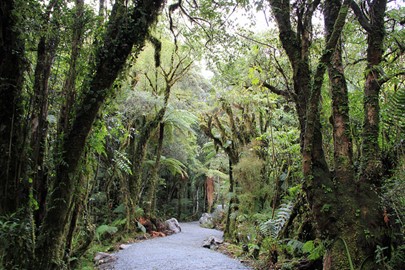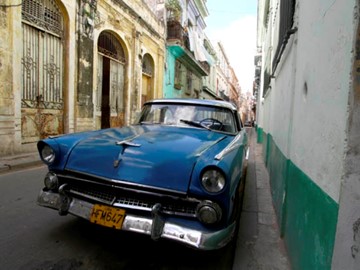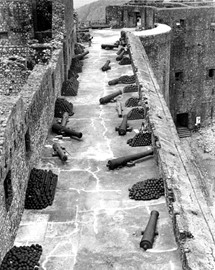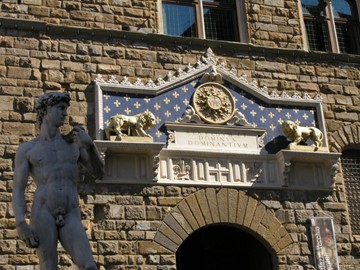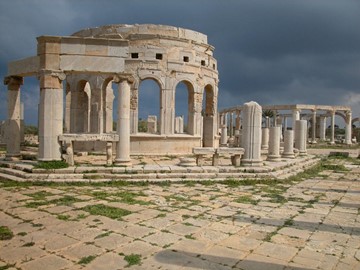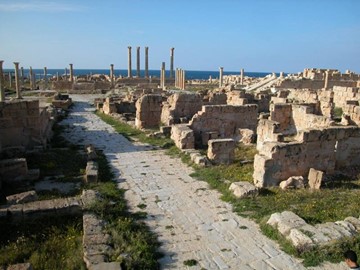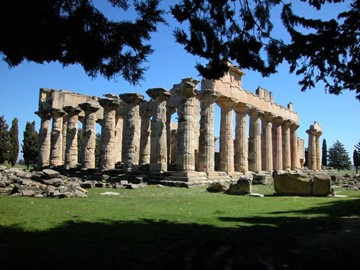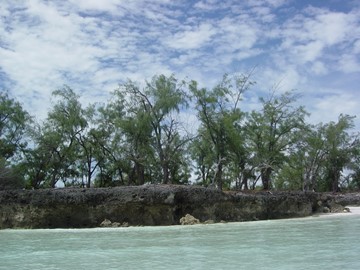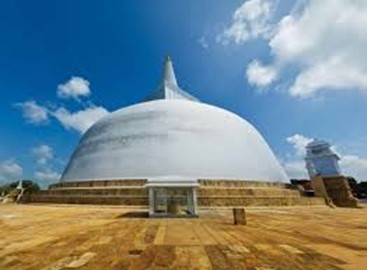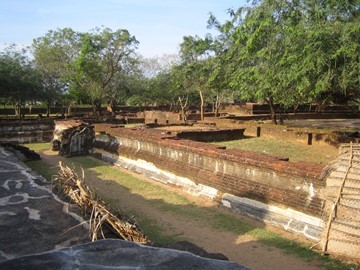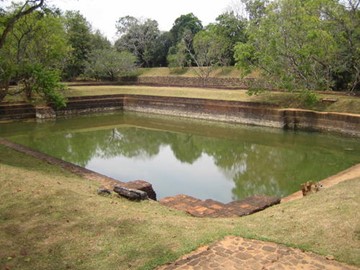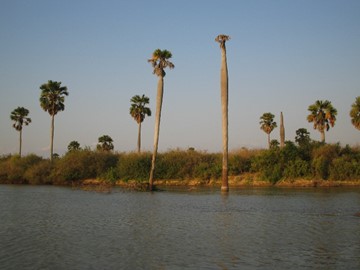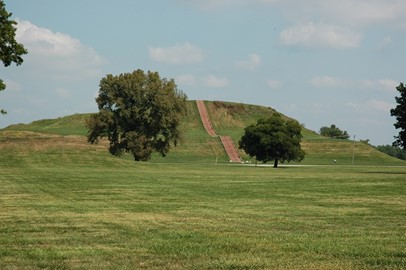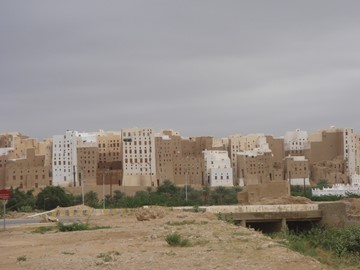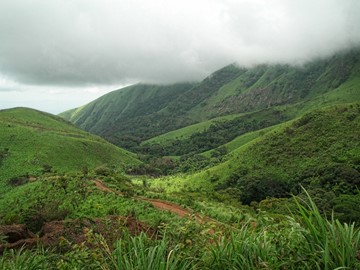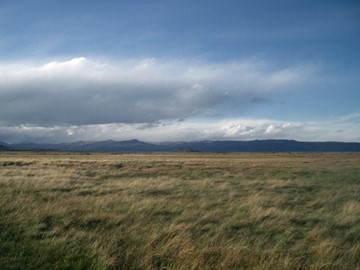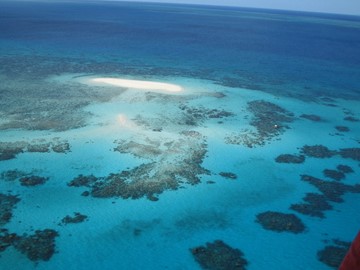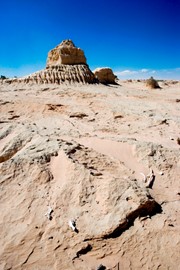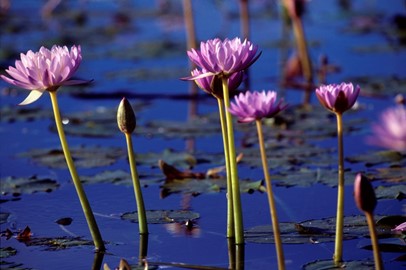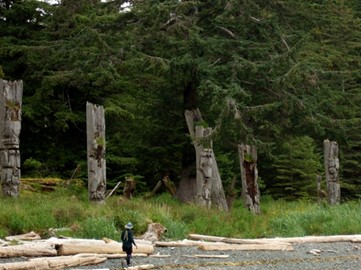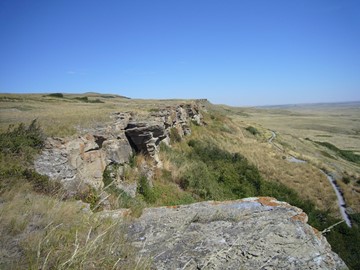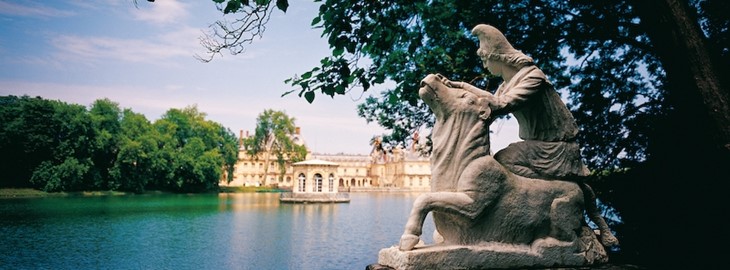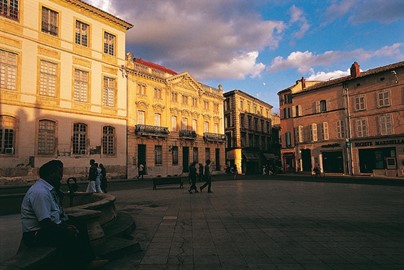search
Taï National Park
Taï National Park, a UNESCO World Heritage Site in Côte d'Ivoire, is renowned for preserving one of the last significant expanses of primary rainforest in West Africa. Recognized in 1982, it harbors a remarkable diversity of flora and fauna, including endangered species like the pygmy hippopotamus and unique chimpanzee populations known for tool use. Its rich biodiversity and high rate of endemism make it a critical conservation area and a valuable scientific resource.
Havana
Old Havana, a UNESCO World Heritage site in Cuba, is renowned for its rich history and well-preserved colonial architecture. Founded in the 16th century, the city showcases a blend of Spanish influences, evident in its colorful buildings, grand plazas, and historic fortresses. Its vibrant cultural heritage includes a mix of African, Caribbean, and European traditions, reflected in its music, art, and lively street life. Today, Havana stands as a testament to its past, attracting visitors with its timeless c... Read More
Royal Saltworks of Arc et Senans
The Royal Saltworks of Arc-et-Senans, a UNESCO World Heritage site in France, is an 18th-century industrial complex designed for salt production. Built in a visionary semicircular layout, it reflects Enlightenment-era ideals of order and innovation. The site includes grand buildings like the Director’s House and workers’ quarters, showcasing architectural ambition. Once a vital economic hub, it used nearby brine springs to create salt. Today, it stands as a testament to France’s industrial heritage and utop... Read More
Citadel, Sans Souci, Ramiers
The National History Park – Citadel, Sans Souci, Ramiers is a UNESCO World Heritage site in Haiti, recognized for its historical and cultural significance. Dating to the early 19th century, it features the grand Citadel Laferrière, a massive mountaintop fortress, the elegant ruins of Sans Souci Palace, and the fortified Ramiers site, all built after Haiti’s independence. These structures stand as powerful symbols of liberty, constructed by formerly enslaved people who fought for and won their freedom.
Río Plátano Biosphere
The Río Plátano Biosphere Reserve, a UNESCO World Heritage site in Honduras, is a biodiverse haven encompassing rainforests, wetlands, and coastal lagoons. It shelters endangered species like jaguars, tapirs, and giant anteaters, alongside vibrant ecosystems supporting countless plant and animal life. The reserve also holds archaeological significance with ancient Mayan ruins, offering a glimpse into the region’s rich cultural history. Conservation efforts aim to protect this ecological and historical treas... Read More
Florence
The Historic Centre of Florence, a UNESCO World Heritage site in Italy, is renowned for its exceptional artistic and architectural legacy. This cradle of the Renaissance boasts iconic landmarks like the Cathedral of Santa Maria del Fiore, adorned with Brunelleschi’s magnificent dome, and the Uffizi Gallery, home to masterpieces by Botticelli and Michelangelo. Its well-preserved medieval streets, palaces, and churches reflect centuries of cultural and historical significance, making it a global treasure of h... Read More
Leptis Magna
Leptis Magna, a UNESCO World Heritage site in Libya, stands as a testament to Roman urban planning and architecture with its remarkably preserved ruins. This ancient coastal city features grand structures like the Severan Basilica, an ornate theater, and extensive marketplaces, reflecting its prominence as a thriving trade hub. Its intricate mosaics and monumental arches highlight the sophisticated craftsmanship of the era. Recognized for its historical value, it offers a vivid glimpse into the past of a on... Read More
Sabratha
Sabratha, a UNESCO World Heritage site in Libya, is an ancient Roman city renowned for its well-preserved archaeological remains. The site features a stunning seaside theater, intricate mosaics, and monumental temples, showcasing the architectural grandeur of its past. Founded as a Phoenician trading post, it later thrived under Roman rule, reflecting a blend of cultural influences. Its historical significance lies in its testament to urban planning and maritime commerce in antiquity.
Cyrene
Cyrene, a UNESCO World Heritage Site in Libya, is an ancient city founded by Greek settlers from Thera in 631 BC, later becoming a significant Roman province until its destruction by an earthquake in 365 AD. Renowned for its well-preserved ruins, including the Temple of Zeus, Sanctuary of Apollo, and expansive necropolis, it reflects a rich blend of Greek and Roman architectural influences. Inscribed in 1982, the site has been on the List of World Heritage in Danger since 2017 due to ongoing threats from co... Read More
Aldabra Atoll
Aldabra Atoll, a UNESCO World Heritage site in Seychelles, is a pristine coral atoll renowned for its exceptional biodiversity. It hosts one of the world’s largest populations of giant tortoises, thriving in a largely untouched ecosystem of mangrove forests, lagoons, and seagrass beds. The atoll’s isolation has preserved its unique flora and fauna, including rare birds like the Aldabra rail and vibrant marine life such as turtles and reef fish. Its scientific significance and natural beauty make it a critic... Read More
Anuradhapura
Anuradhapura, a UNESCO World Heritage site in Sri Lanka, is an ancient city renowned for its historical and cultural significance. Founded in the 4th century BCE, it served as the island's first capital and a major center of Buddhism, featuring impressive stupas, monasteries, and the sacred Sri Maha Bodhi tree, grown from a cutting of the tree under which Buddha attained enlightenment. The site also showcases advanced ancient engineering through its well-preserved irrigation systems and reservoirs. Today, i... Read More
Polonnaruwa
Polonnaruwa, a UNESCO World Heritage site in Sri Lanka, is an ancient city renowned for its well-preserved ruins and historical significance as a medieval capital. Established in the 11th century, it features impressive architectural remains, including royal palaces, temples, monasteries, and intricately carved statues, such as the famous Gal Vihara rock reliefs. The site also showcases advanced irrigation systems, reflecting the engineering prowess of its time. Today, it stands as a testament to Sri Lanka’... Read More
Sigiriya
Sigiriya, a UNESCO World Heritage site in Sri Lanka, is an ancient rock fortress renowned for its historical and architectural significance. Built in the 5th century by King Kashyapa, it features a massive rock column rising dramatically from the surrounding landscape, topped with a palace complex. The site is famous for its well-preserved frescoes, intricate water gardens, and the iconic Lion Gate, reflecting advanced engineering and artistic mastery of the era. Today, it stands as a testament to Sri Lanka... Read More
Selous Game
The Selous Game Reserve, a UNESCO World Heritage site in Tanzania, is renowned for its exceptional biodiversity and pristine wilderness. It hosts a variety of iconic wildlife, including elephants, black rhinos, lions, hippos, and crocodiles, thriving across diverse habitats like miombo woodlands, grasslands, and riverine ecosystems. Designated in 1982, it remains a critical conservation area, largely untouched by human activity, offering a unique glimpse into East Africa’s natural heritage.
Cahokia Mounds
Cahokia Mounds, a UNESCO World Heritage Site in the United States, is a remarkable pre-Columbian Native American city that flourished between 1050 and 1350 CE. At its peak, it was one of the largest urban centers north of Mexico, featuring over 120 earthen mounds, including the impressive Monks Mound, the largest prehistoric earthwork in the Americas. The site served as a hub for trade, religion, and culture, with evidence of a sophisticated society that included planned settlements, agricultural innovation... Read More
Shibam
The Old Walled City of Shibam, a UNESCO World Heritage site in Yemen, is renowned for its unique 16th-century architecture featuring tall mudbrick towers, earning it the nickname 'Manhattan of the Desert.' This ancient city showcases an exceptional example of urban planning, with its densely packed, multi-story buildings constructed from sun-dried mud bricks, designed to maximize space and provide defense. Its historical significance lies in its well-preserved state, reflecting traditional building techniqu... Read More
Mount Nimba
Mount Nimba, a UNESCO World Heritage site in Côte d'Ivoire and Guinea, recognized in 1981 and 1982, is a rugged mountain range rising from the West African savanna, renowned for its unique biodiversity and geological significance. Home to endemic species like the Nimba toad and chimpanzees that use stone tools, its forests and grasslands straddle a vital ecological frontier. This cross-border site reflects the region’s natural heritage, preserved despite mining threats, showcasing a rare blend of evolutiona... Read More
Los Glaciares
Los Glaciares, a UNESCO World Heritage site in Argentina, recognized in 1981, is a vast Patagonian wilderness renowned for its massive glaciers, including the iconic Perito Moreno. Featuring towering ice fields, rugged peaks like Fitz Roy, and pristine lakes, it reflects a dynamic glacial landscape of global significance. This site showcases Argentina’s natural heritage, offering a stunning testament to Earth’s icy beauty and ongoing geological processes.
Great Barrier Reef
The Great Barrier Reef, a UNESCO World Heritage site in Australia, recognized in 1981, is the world’s largest coral reef system, stretching over 2,300 kilometers with more than 2,900 reefs and 900 islands. Home to vibrant marine life, including over 1,500 fish species and threatened species like dugongs, it reflects an unparalleled natural ecosystem. This site showcases Australia’s biodiversity heritage, offering a global marvel of ecological richness under increasing environmental pressure.
Willandra Lakes
The Willandra Lakes Region, a UNESCO World Heritage site in Australia, recognized in 1981, is an ancient lake system that dried up 18,500 years ago, preserving a remarkable record of human life from over 50,000 years ago. Featuring fossil dunes, archaeological finds like the world’s oldest ritual cremation, and extinct marsupial remains, it reflects early Aboriginal occupation and Pleistocene environmental changes. This semi-arid landscape showcases Australia’s cultural and natural heritage, offering a uniq... Read More
Kakadu
Kakadu, a UNESCO World Heritage site in Australia, is a vast wilderness celebrated for its rich biodiversity and profound cultural heritage. Its rugged escarpments, sprawling wetlands, and lush forests shelter unique species like saltwater crocodiles and rare birds. Ancient rock art, dating back tens of thousands of years, adorns its cliffs, reflecting the enduring presence of Indigenous custodians. This dynamic landscape blends natural splendor with a living cultural legacy, making it a global treasure of ... Read More
SGang Gwaay
SGang Gwaay, a UNESCO World Heritage site in Canada, is a remote Haida village site preserved since its abandonment in the late 19th century. Renowned for its weathered totem poles and cedar longhouses, it reflects the artistic mastery and cultural legacy of the Haida people amidst a pristine natural setting. Recognized for its historical and cultural value, it stands as a powerful symbol of Indigenous resilience and tradition.
Head Smashed In Buffalo Jump
Head-Smashed-In Buffalo Jump, a UNESCO World Heritage site in Canada, is an ancient Indigenous hunting site used for nearly 6,000 years. This dramatic cliff, where Plains peoples skillfully drove bison to their deaths, reveals sophisticated communal hunting techniques and offers rich archaeological evidence of pre-contact life. Recognized for its cultural and historical significance, it stands as a testament to Indigenous ingenuity and tradition.
Fontainebleau
The Palace of Fontainebleau, a UNESCO World Heritage site in France, is a stunning example of French Renaissance architecture, blending medieval, Renaissance, and classical styles. Originally a royal hunting lodge, it was transformed into a grand palace by successive monarchs, notably Francis I, and served as a residence for French royalty for centuries. Its opulent interiors, including the Francis I Gallery with its intricate frescoes and stucco work, reflect its rich history. The palace remains a cultural... Read More
Arles
Arles, a UNESCO World Heritage site in France, is a historic city renowned for its well-preserved Roman monuments, including the ancient amphitheater and the Constantine Baths. The city also boasts a rich medieval heritage, with landmarks like the Saint-Trophime Church showcasing stunning Romanesque architecture. Arles inspired numerous works by Vincent van Gogh, who captured its vibrant landscapes and culture during his time there in the late 19th century. Today, it stands as a testament to its layered his... Read More
